Antonacci Lapiccirella Fine Art Gallery confirms its presence again in 2025 at Arte e Collezionismo, the national fair dedicated to Italy’s antiquarians to be held Sept. 18-23 in the halls of Palazzo Barberini in Rome. At the second edition of the event, the gallery will be present at booth No. 5 with a selection of works chosen from the first half of the 19th century to the beginning of the 20th century, keeping faith with a well-established tradition that privileges quality, refinement and eclecticism.
The nucleus proposed for the occasion is organized around four masterpieces that well represent the variety of Italian and European painting between the 19th and 20th centuries. Two portraits and two landscapes constitute the highlights of this edition, offering a significant cross-section of artistic research over a century and a half, from the rigors of neoclassicism to the interpretative freedoms of the early decades of the 20th century.
The first of the protagonists is Hungarian painter Philip de László (Budapest, 1869 - London, 1937) famous for his portraits of European high society. The gallery presents a work that deviates somewhat from the conventions that made him famous. It is the Portrait of Germaine Gien, a young French woman born in 1895 and married in 1919 to Léon Bélugou, to whom the artist dedicated the painting of his wife just two years after their wedding. In this work, dated 1921, de László abandons the official and solemn setting of aristocratic portraits to adopt a more intimate and spontaneous language. With her hair combed back and her lips marked with a carmine lipstick, Gien, then 26 years old, embodies the emancipated modernity of the Roaring Twenties. Her garçonne-style clothing, with a wide blouse and plunging neckline, reflects the new female models of the time: a modern, emancipated woman is what we see in the portrait. The vibrant brushstrokes restore an atmosphere of freedom that distances the painting from the painter’s more conventional portraits, highlighting a lesser-known but equally significant side of his output.
Another prominent name is that of Vincenzo Camuccini (Rome, 1771 - 1844), a master of Italian neoclassicism, author of monumental historical canvases commissioned by the highest European courts. Presented on this occasion is the Portrait of August Grahl, an internationally renowned German miniaturist, executed in a style reminiscent of the French models of Jacques-Louis David, whom Camuccini met in Paris. The work shows a less celebratory and more introspective side of Camuccini’s painting. Grahl is depicted with a noble bearing but with an absorbed gaze, emblematic of the Romantic artist focused on his inspiration. Devoid of a precise spatial context, the portrait focuses on the psychological dimension of the subject, far from the solemn historical scenes that characterize much of Camuccini’s production.
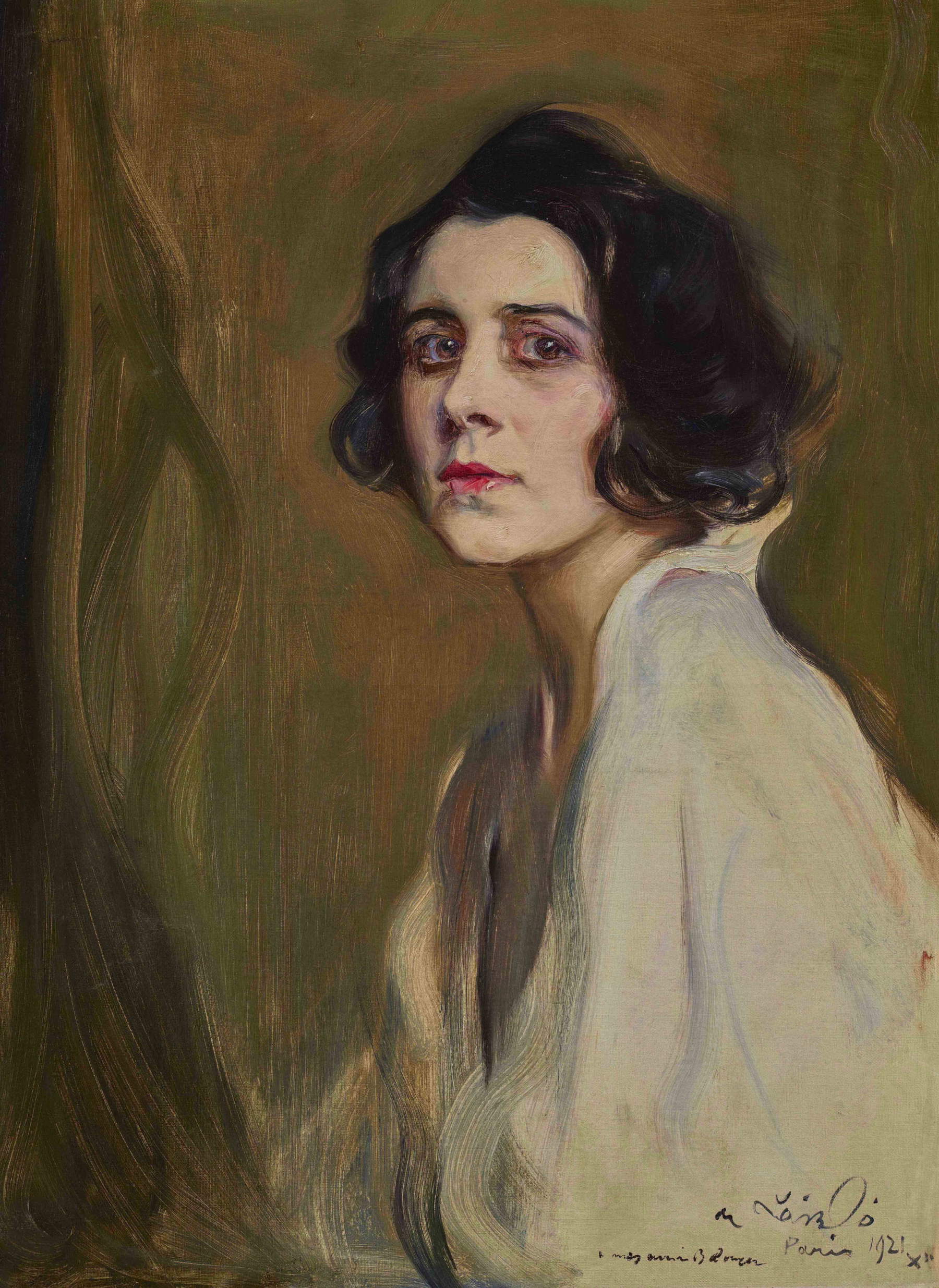
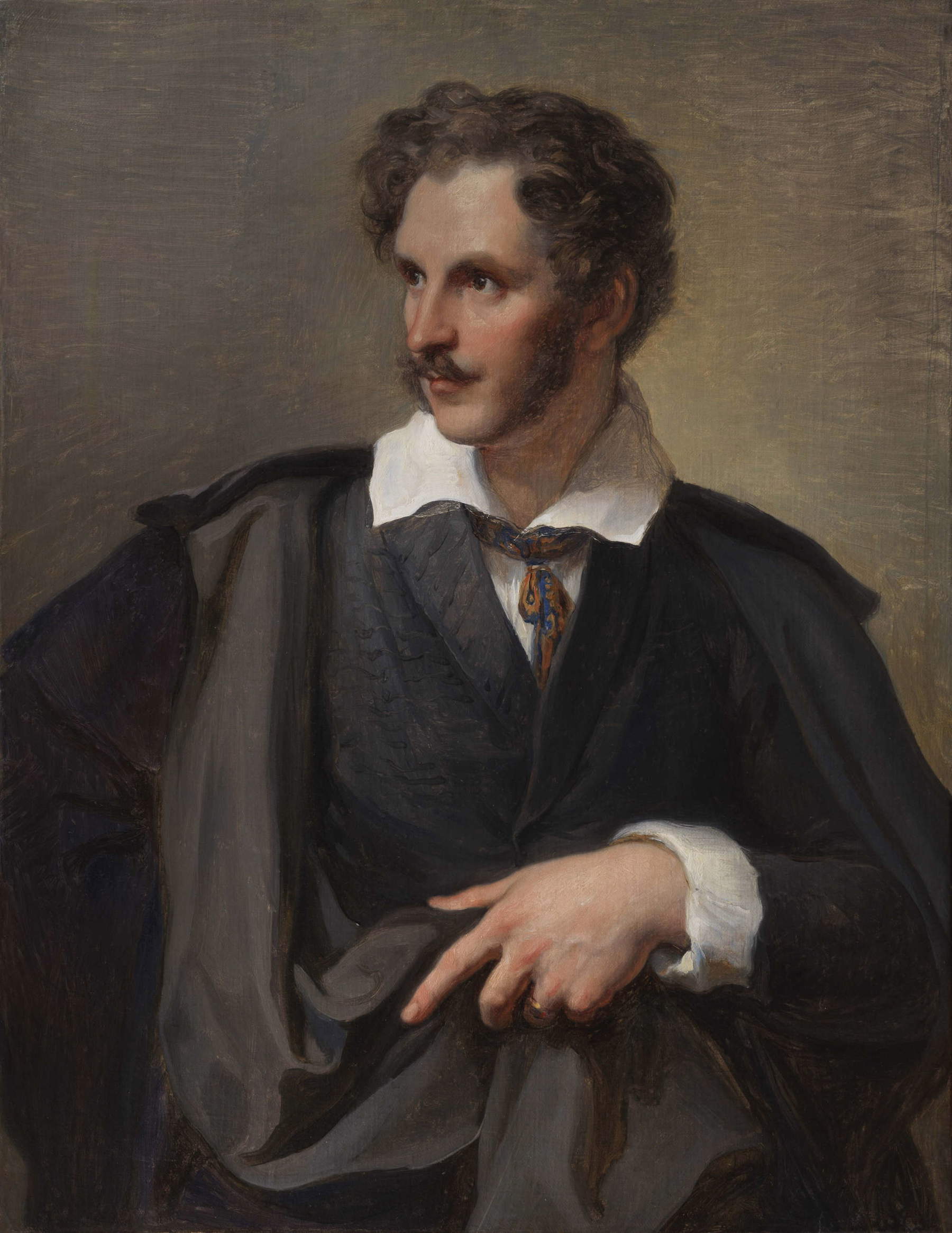
Turning to landscape, Antonacci Lapiccirella meanwhile offers a Roman view made in 1864 by Jean-Achille Benouville (Paris, 1815 - 1891). The painting depicts Villa Medici, with maritime pines framing the dome of St. Peter’s. In this canvas the French artist combines academic rigor and poetic lyricism, achieving a balance that verges on the sublime. The masterful use of Mediterranean light, the precision of the drawing and the sobriety of the palette give life to a landscape that transcends simple representation to become an image of the soul. It is a Rome suspended between nature and historical memory, in which every compositional element contributes to celebrating the cultural grandeur of the eternal city.
Closing the selection is a landscape by Alessandro Poma (Biella, 1874 - Courmayeur, 1960), a painter who made speed and the ability to capture the moment the hallmark of his art. The canvas entitled Autumn depicts a view of Villa Borghese. Painted from life, the work condenses the continuous transformation of the landscape into a single instant, as if the artist had tried to fix the flow of time in a static image. The rapid, dynamic brushstrokes evoke a vital wind blowing through the scene, transforming the painting into a kind of long-exposure photograph. Poma translates the movement of nature into atmospheric, lively and immediate painting, in which the feeling of devotion to nature is expressed through intense and vibrant colors.
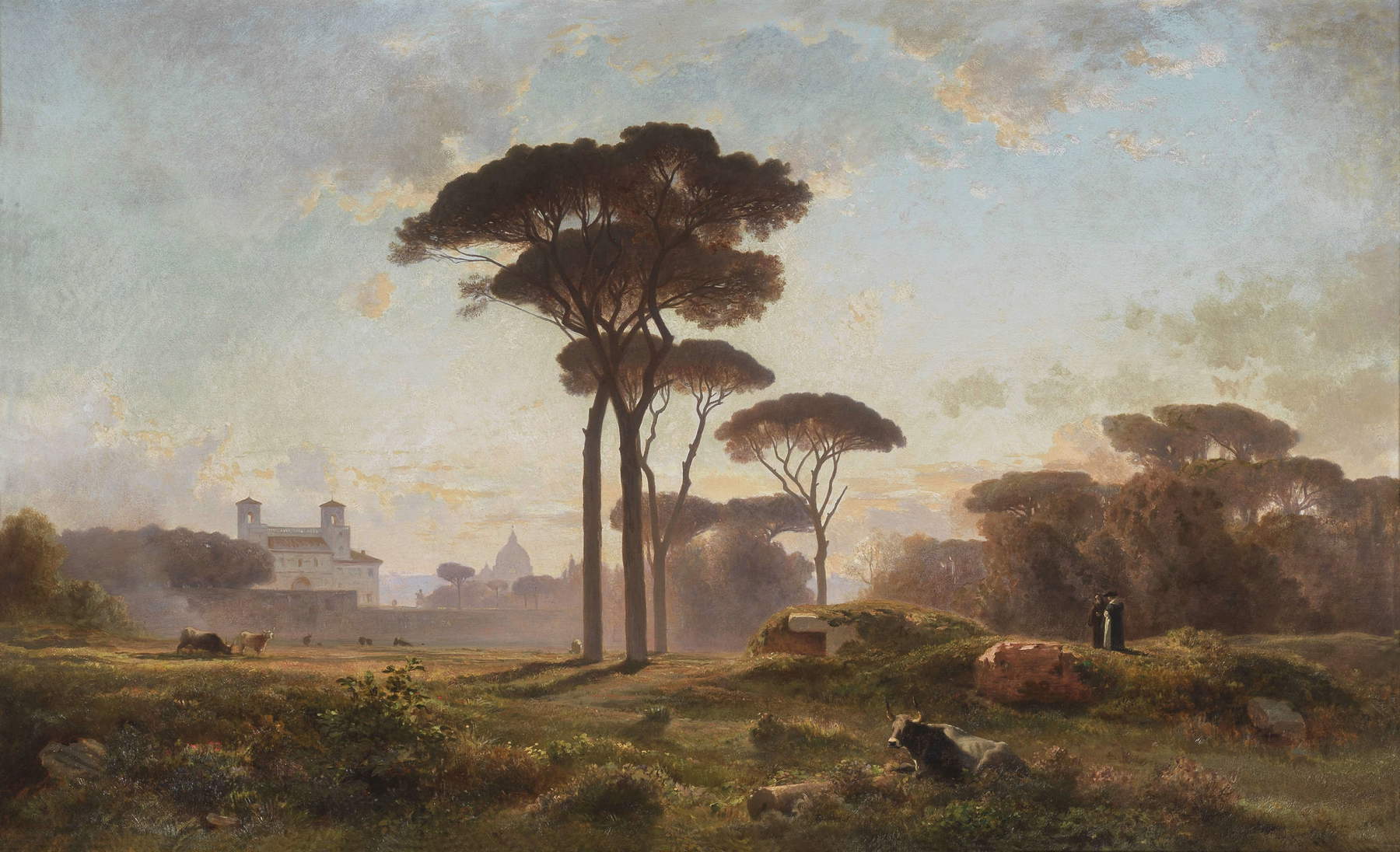
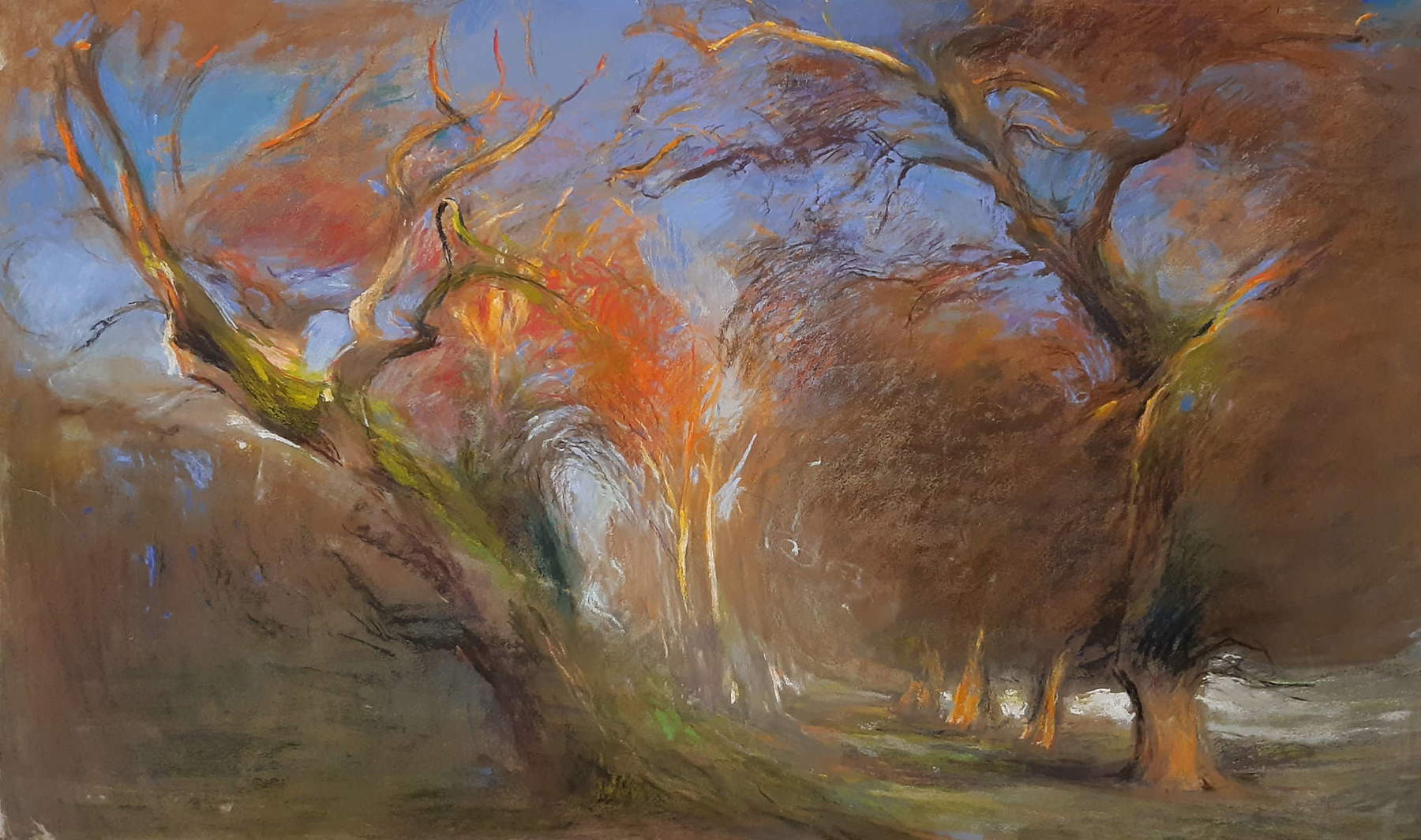
The participation of Galleria Antonacci Lapiccirella in “Art and Collecting” confirms the path started since its foundation. Born in 2012 from the merger of two historic galleries that had been active for generations on the international market, the gallery has built an identity based on attention to quality and the ability to offer a chronological span from the late 18th to the first half of the 20th century. The collection embraces neoclassicism, en plein air landscape painting by foreign artists in Italy, Symbolist atmospheres and the suspended worlds of magic realism, with a focus on Italian and Northern European artists.
Over the years Antonacci Lapiccirella has participated in the most important antiquarian exhibitions internationally, from Salon du Dessin in Paris to Masterpiece in London, from TEFAF New York to Biennale des Antiquaires in Paris. A regular presence at TEFAF Maastricht and the Biennale Internazionale dell’Antiquariato at Palazzo Corsini in Florence, the gallery has established a reputation for excellence, also confirmed by its regular presence at “Arte e Collezionismo” in Rome.
Many of the works that have passed through the gallery are now held in such leading institutions as the National Gallery in Washington, the Getty Museum in Los Angeles, the Gallery of Modern Art at Palazzo Pitti in Florence, the Polo Museale Fiorentino, the Capodimonte Museum, the Museum of Prague, the Villa Mansi Museum in Lucca, the Museum of Fontainebleau, theHamburger Kunsthalle, the Musée d’Orsay, the Uffizi Gallery, the Toledo Museum of Art, the Cincinnati Art Museum, the Minneapolis Institute of Art, and the National Gallery of Canada, as well as in prestigious private collections.
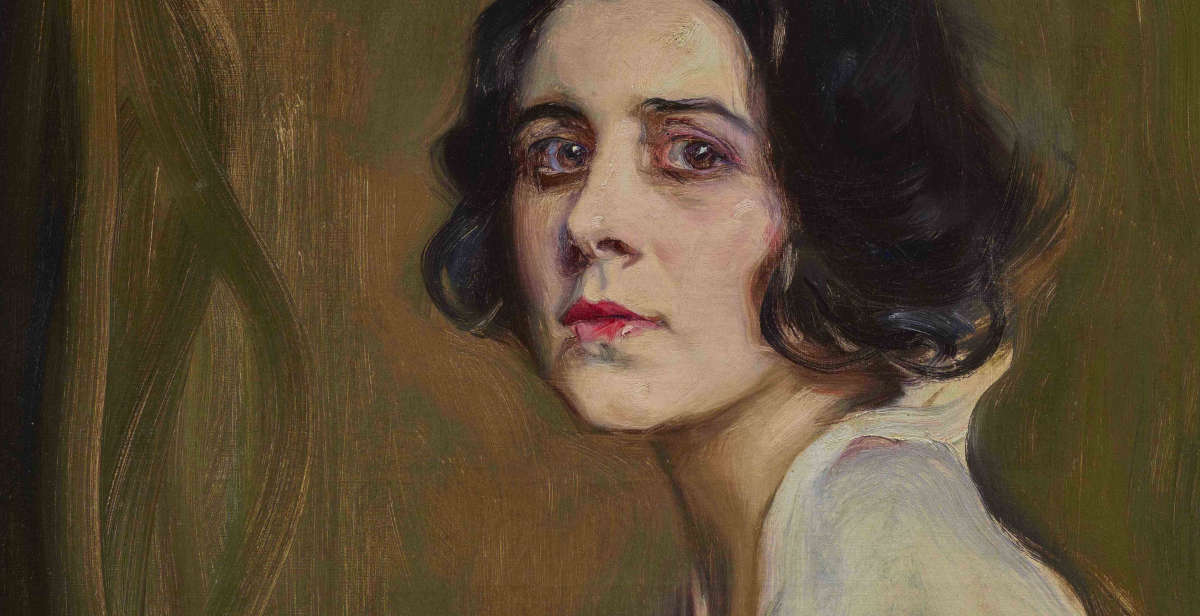 |
| Between the 19th and 20th centuries, Antonacci Lapiccirella's masterpieces at Palazzo Barberini |
Warning: the translation into English of the original Italian article was created using automatic tools. We undertake to review all articles, but we do not guarantee the total absence of inaccuracies in the translation due to the program. You can find the original by clicking on the ITA button. If you find any mistake,please contact us.